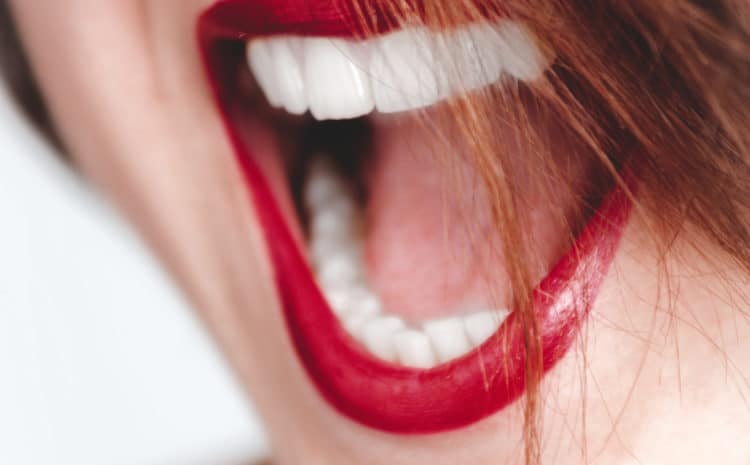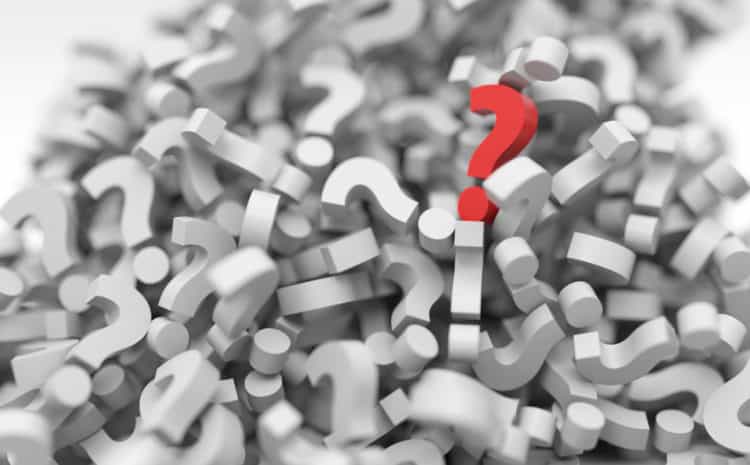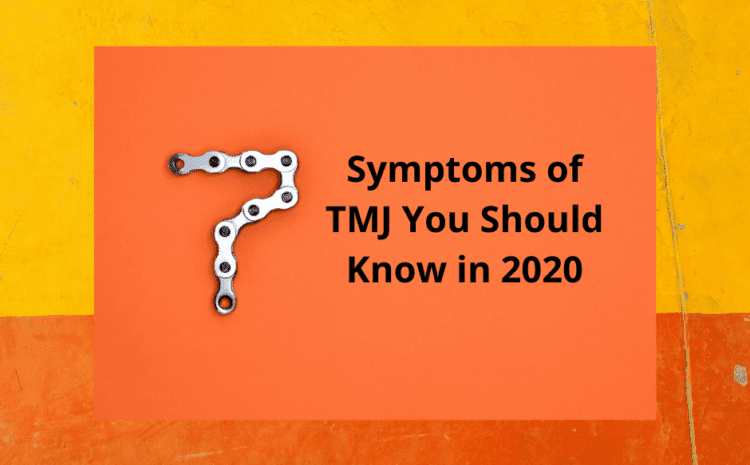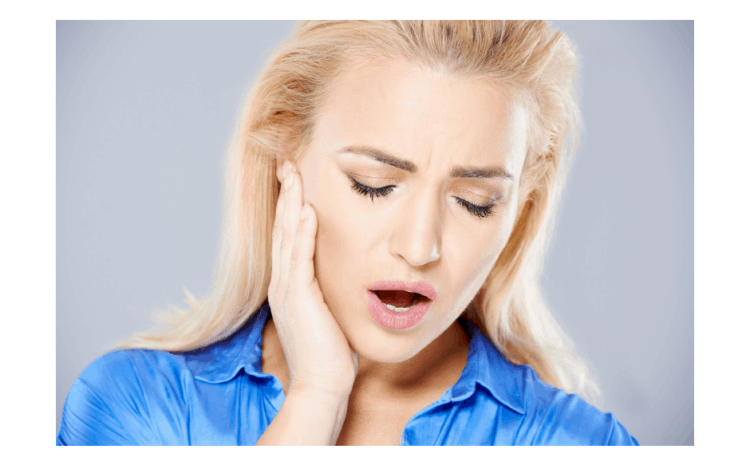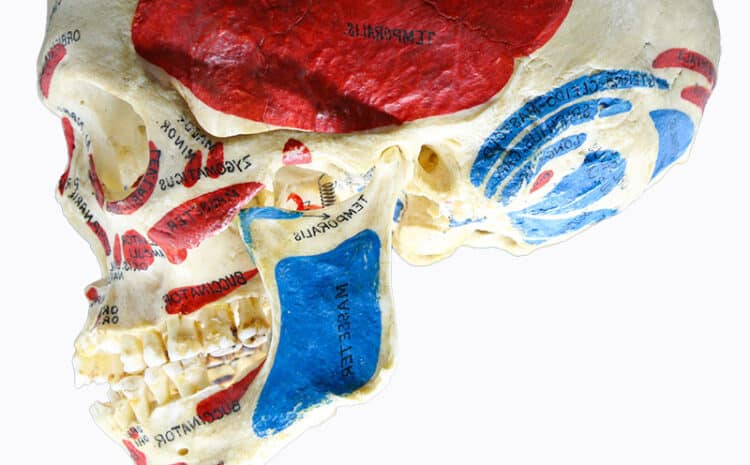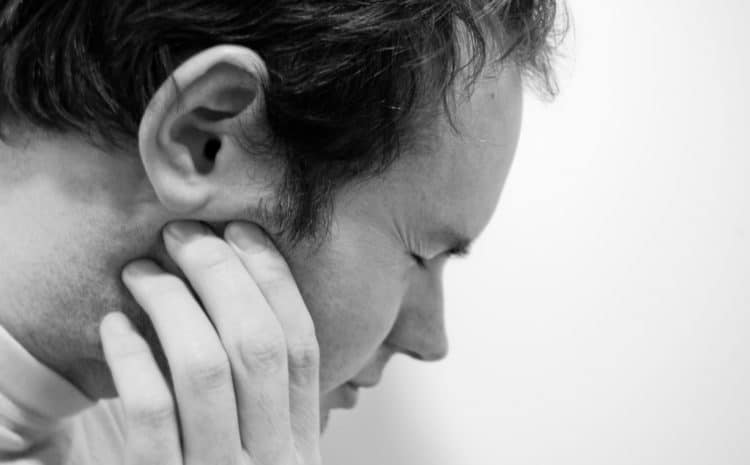Other than the traditional treatment of TMJ disorder, there are various exercises which can help you to recover from TMJ disorder. These stretches are easy and helpful to get relief from pain.
TMJ is an easily treated disorder, so if you are experiencing TMJ symptoms which come and go after some time then it is better to consult a specialist.
Temporomandibular joint or TMJ is a joint which connects your lower jaw to your skull. The joint is present in the both sides of your jaw in front of your ear and is responsible for many mouth activities like moving…
TMJ is a joint which is responsible for joining the skull to the lower jaw which is also called temporal bone and located in front of the ear. The joint is responsible for many facial muscles movements from smiling to…
The temporomandibular joint (TMJ) is located in the base of your skull that connects your jawbone to your skull. The joint is present on each side of your jaw and helps to move the jaw up and down as well…
Are you over-stressing your TMJ right now? These 7 exercises will help you protect and preserve your range of motion and function.
In conjunction with your home care regimen, you may also need professional treatment to address your temporomandibular joint disorder (TMJ disorder). After your diagnosis, your dentist or TMJ specialist will provide you with a customized TMJ treatment plan to address…
Temporomandibular joint disorder (TMD or TMJ disorder) can be difficult to diagnose due to a variety of health conditions that may cause or exacerbate the disorder. These include factors like genes, hormones, stress and anxiety, or bad habits that involve…
Can you imagine a life in which you feel pain or discomfort whenever you chew, yawn, or brush your teeth? This is the reality for many people who live with temporomandibular disorder (TMD). The temporomandibular joint (TMJ) is composed of…



